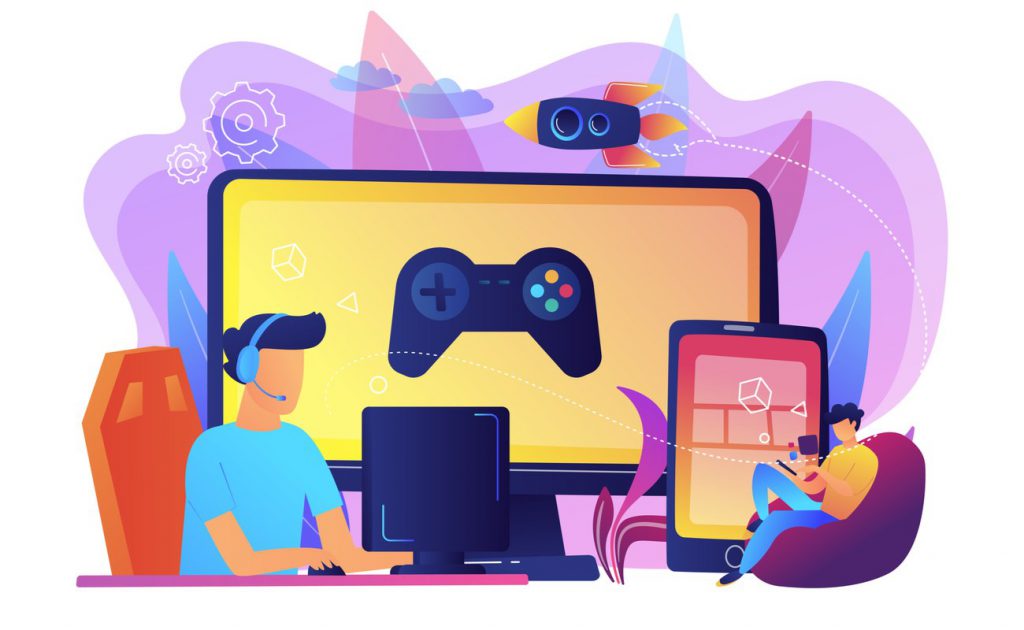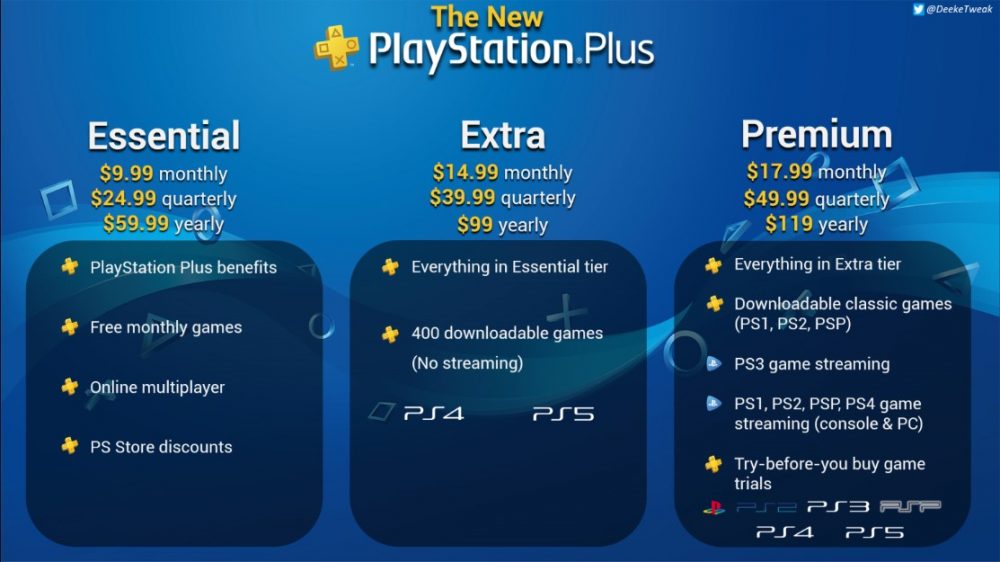A Historical Look at Multiplatform Support
For many years, the major video game console makers strictly limited cross-platform functionality between their own systems and competitors. This stemmed primarily from both technical challenges in linking together platforms with different architectures, as well as strategic business reasons to keep gamers within proprietary ecosystems. Over time however, demand from players for more flexible options drove a shift toward greater compatibility. Let’s take a closer look at the history and key developments that helped cross-platform gaming realize its true potential.

Early Attempts at Multiplatform Integration
One of the earliest mainstream titles to experiment with cross-functionality was Rock Band 3, released in 2010 for PlayStation 3 and Xbox 360. The rhythm game series’ developer Harmonix hoped to link leaderboards between the two consoles so fans could globally compete regardless of their preferred hardware. However, both Sony and Microsoft resisted the idea due to security concerns and a desire to retain platform exclusivity. While Harmonix pushed boundaries, the technical hurdles and contractual limitations of the time made true multiplatform play impossible.
EA Takes Initial Steps with Account Linking
As a major third-party publisher with huge franchises, Electronic Arts wielded more leverage to negotiate some cross-platform functionality that smaller developers could not achieve. In the late 2000s and early 2010s, EA began letting players connect certain games like FIFA, Madden, and Battlefield to an EA Account. This allowed limited progression sharing if someone owned the same title on multiple consoles. Though rudimentary, EA’s efforts demonstrated the viability and consumer value of basic multiplatform integration that others were still restricted from providing at the system level.
Final Fantasy XI’s Groundbreaking Multiplatform Release
A true landmark in cross-platform support came with Square Enix’s massively multiplayer online role-playing game Final Fantasy XI. Originally launched in 2002 for PlayStation 2, the developer ported FFXI to Xbox 360 and Microsoft Windows in 2003/2004 - a major feat given the vast differences in hardware and programming languages on each platform. Perhaps most remarkably of all, Square Enix enabled players across PlayStation 2, Xbox 360, and PC to seamlessly interact, battle monsters, and complete quests together in the same shared world. Final Fantasy XI’s cross-compatibility endures as one of the lone examples where a single game successfully spanned such diverse technical architectures.
Challenges of PS3-Xbox 360 Cross-Play
While Final Fantasy XI proved the multiplatform model could functionally work, full-fledged console cross-play between PlayStation 3 and Xbox 360 generation remained elusive. The two systems employed completely opposite Cell/RSX and PowerPC architectures, along with differing operating systems and development environments. Porting a title between PS3 and Xbox 360 codebases required immense effort that provided little obvious reward, as most players chose consoles based on exclusive games and brands rather than cross-functionality. For the challenges, few publishers were willing to take on the workload solely for the ability to link the otherwise separated platforms.
Changing Opinions in the New Console Generation
As we entered the 2010s, attitudes started evolving. PlayStation 4 and Xbox One adopted x86-64 architecture, making multi-platform development significantly simpler. Meanwhile, social media connectedness and free-to-play explosion emphasized keeping friends together across devices. In this climate, Fortnite emerged as the pioneer of trueconsole cross-play thanks to Epic Games’ early advocacy. Released in 2017, Fortnite allowed all players—whether on PlayStation 4, Xbox One, Nintendo Switch, PC, Android or iOS—to compete and collaborate together worldwide in the massively popular Battle Royale mode. Through successes like Fortnite, both Sony and Microsoft began openly partnering with third parties to facilitate cross-compatibility.
A New Era of Connectivity and Choice for Players
The floodgates had opened, empowering multiplatform multiplayer on an unprecedented scale. Beyond just consoles, gamers could now build communities that spanned all hardware. Platform-specific progression also became less siloed as full-featured accounts went cross-platform. Additionally, those with preferred input methods like controllers could choose platforms best supporting their setup. Most significantly, friends could play together regardless of system ownership - fulfilling a long-standing player desire. Cross-play began satisfying consumer demand for the flexibility to access their games, friends, and online profiles anywhere. Looking ahead, ever closer cooperation between companies may unlock new chapters of network-wide shared experiences.
The Continued Evolution of Cross-Platform Experiences
Since those pioneering forays, cross-platform multiplayer has become standard practice across the industry. Major franchises like Call of Duty, FIFA, Minecraft, Rocket League and more allow players on any device, anywhere to join together. Whereas technical challenges and strategic differentiation once strictly divided ecosystems, widespread cross-compatibility now blurs those borders. Individual achievement and progress transfers seamlessly too. Going forward, deeper account linkage integration may bring shared item ownership, cross-save functionality and a true sense of one unified online profile. If fully realized, this vision promises to construct enduring communities that withstand the tests of time and upgrades in hardware. With challenges overcome, cross-platform gaming has only begun fulfilling its revolutionary potential to empower meaningful connections without compromise. The future remains wide open for new innovations in shared experiences across all platforms.
 PlayStation Plus Membership Renewal Explained
PlayStation Plus Membership Renewal Explained